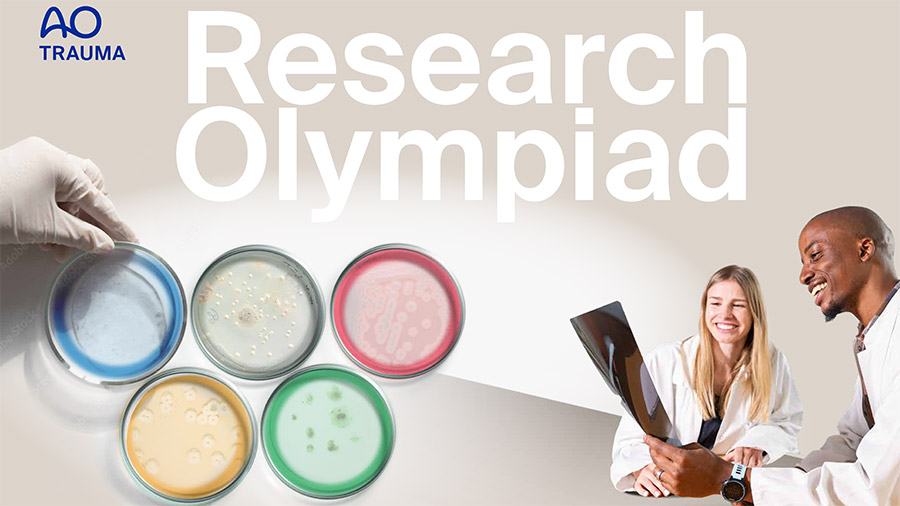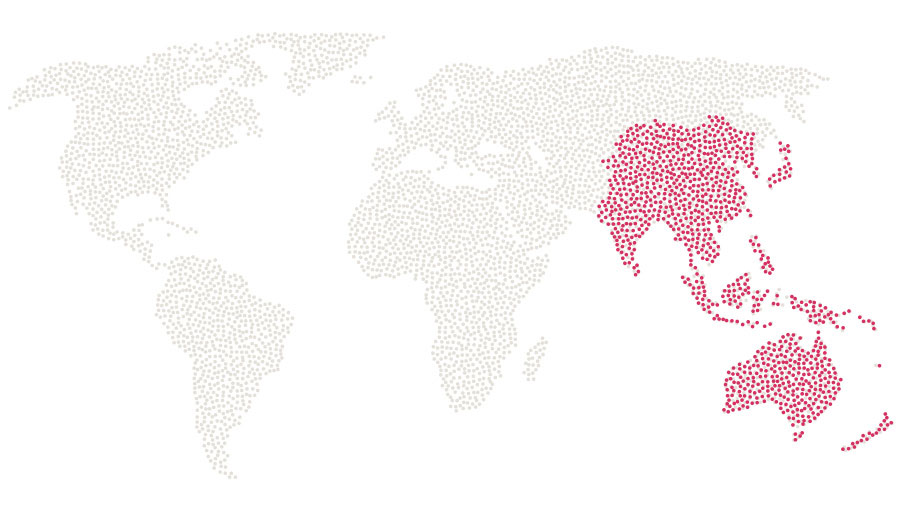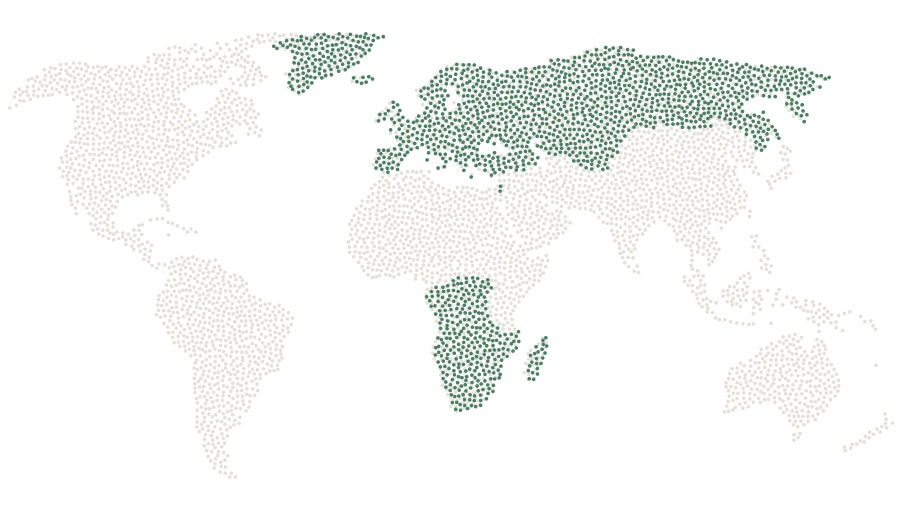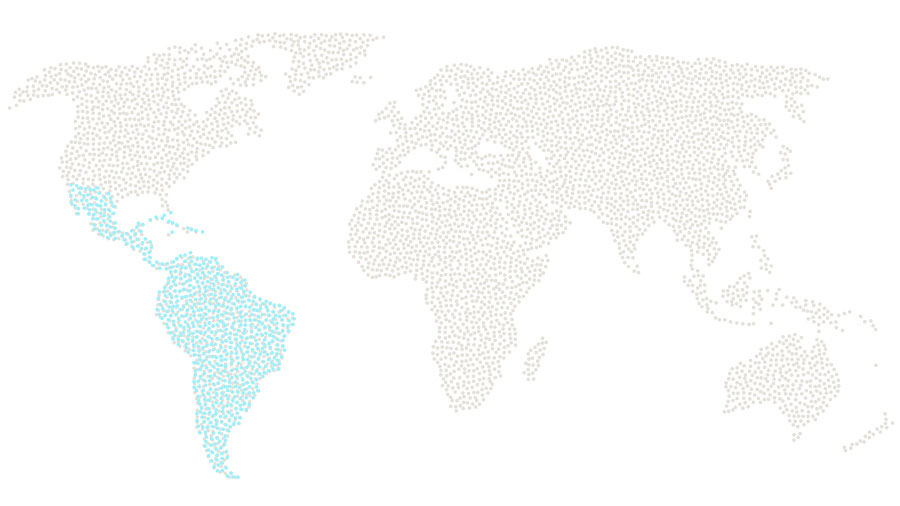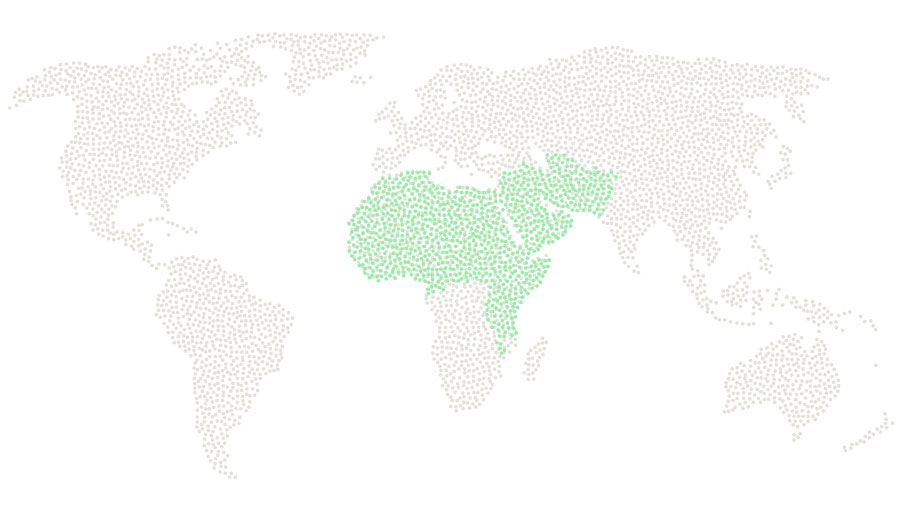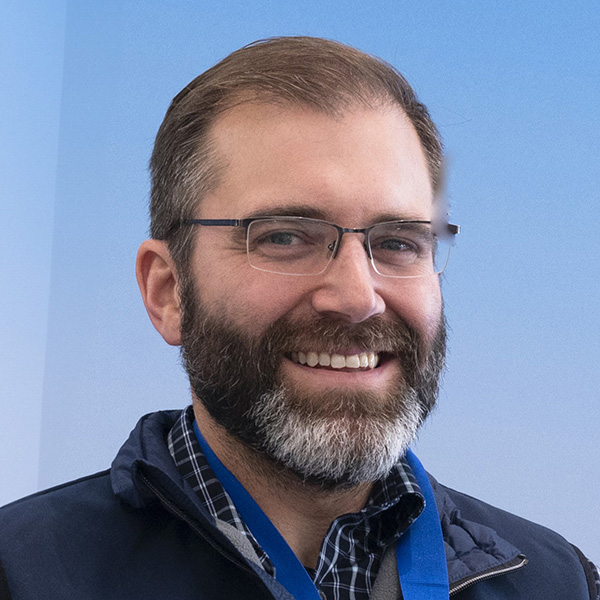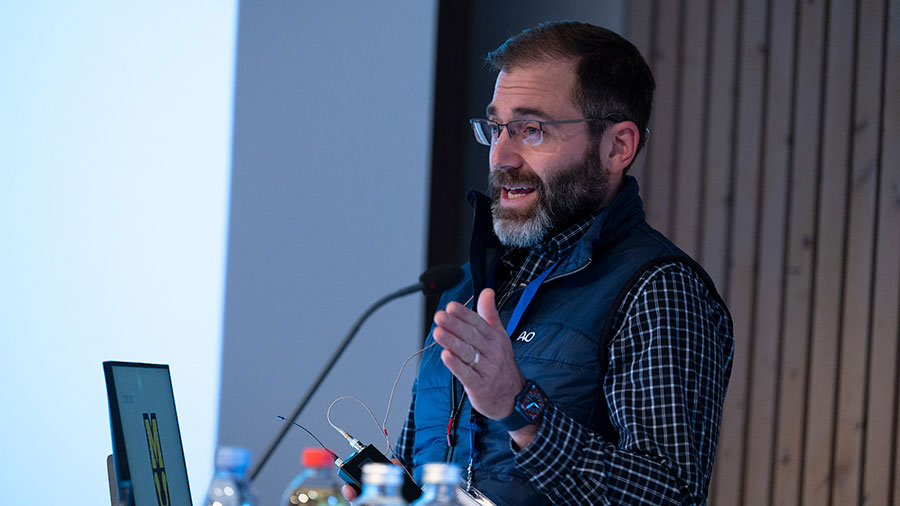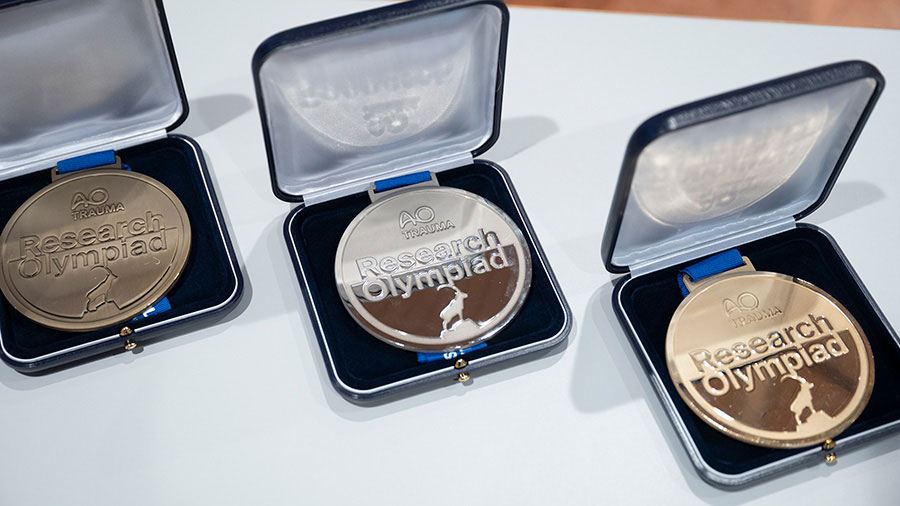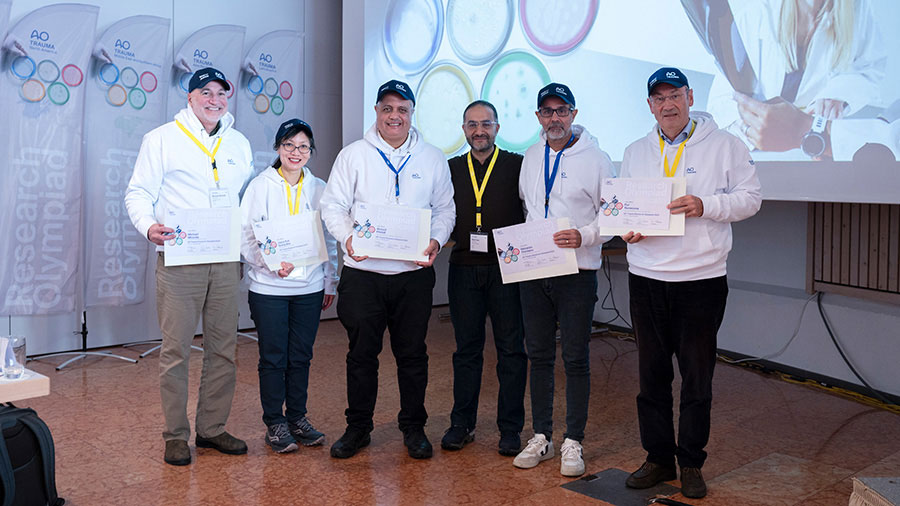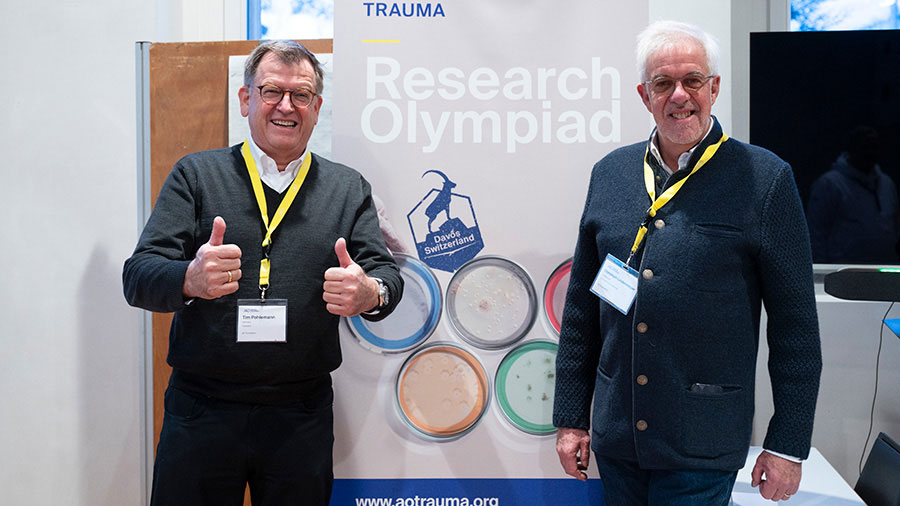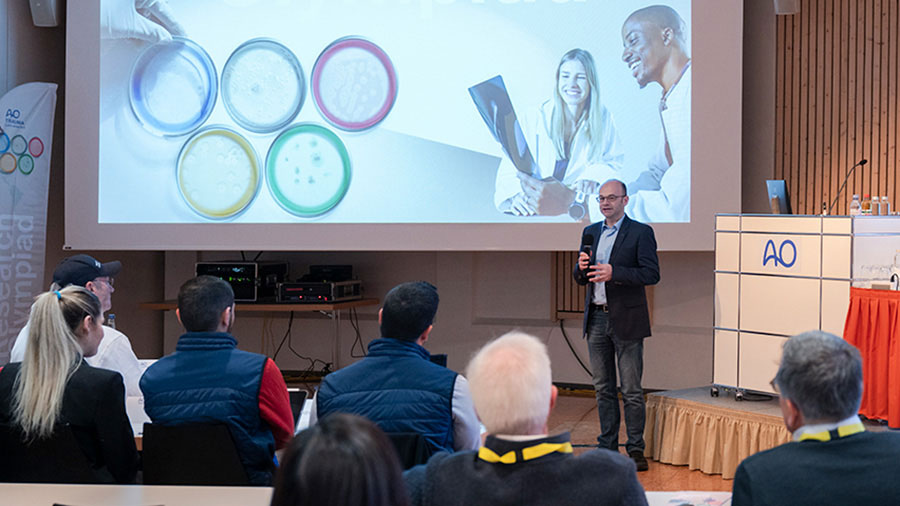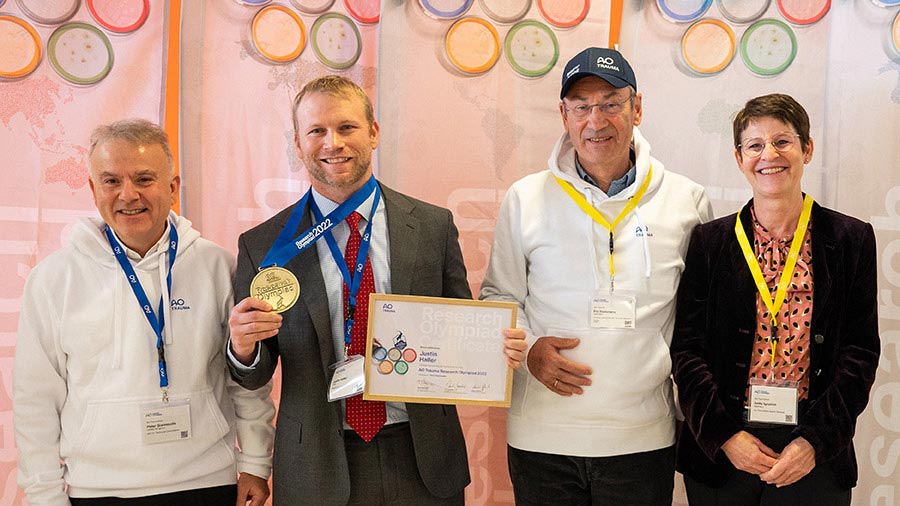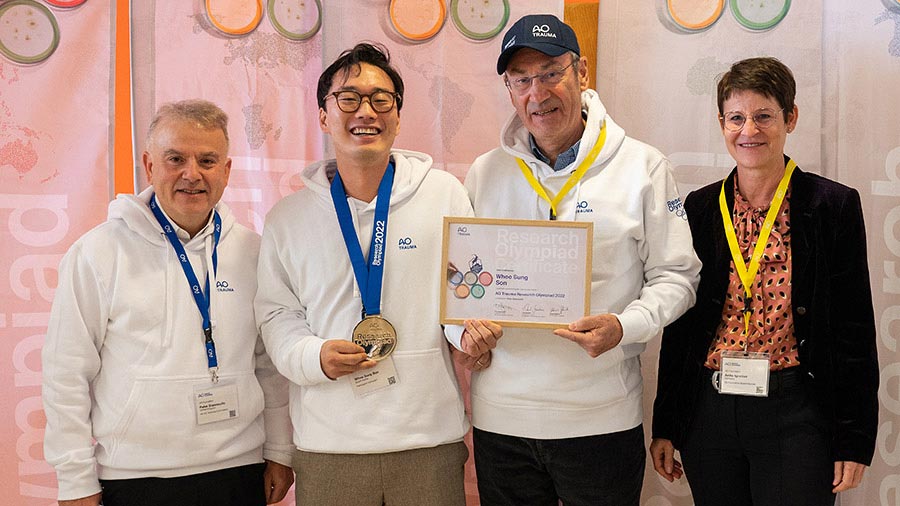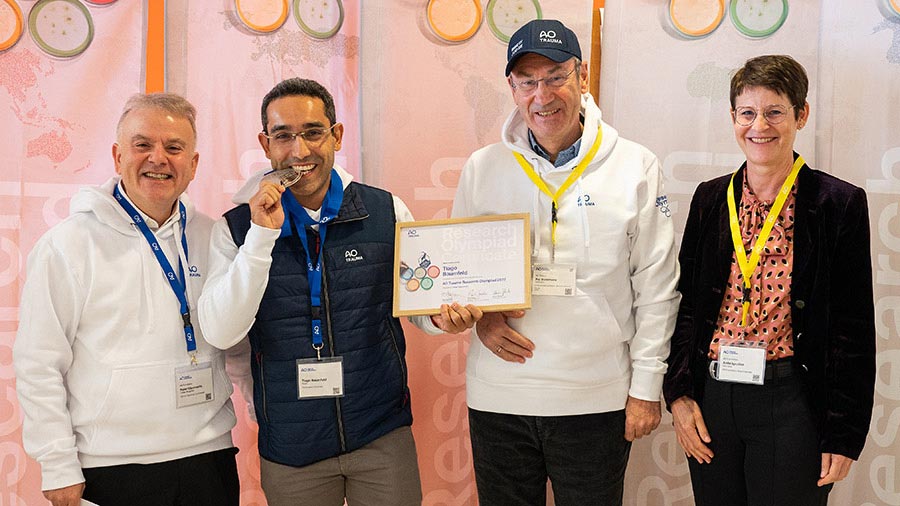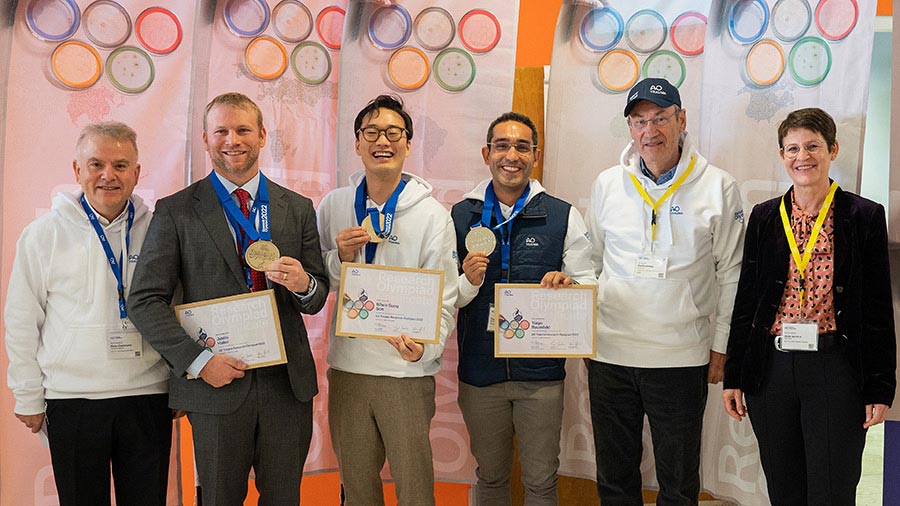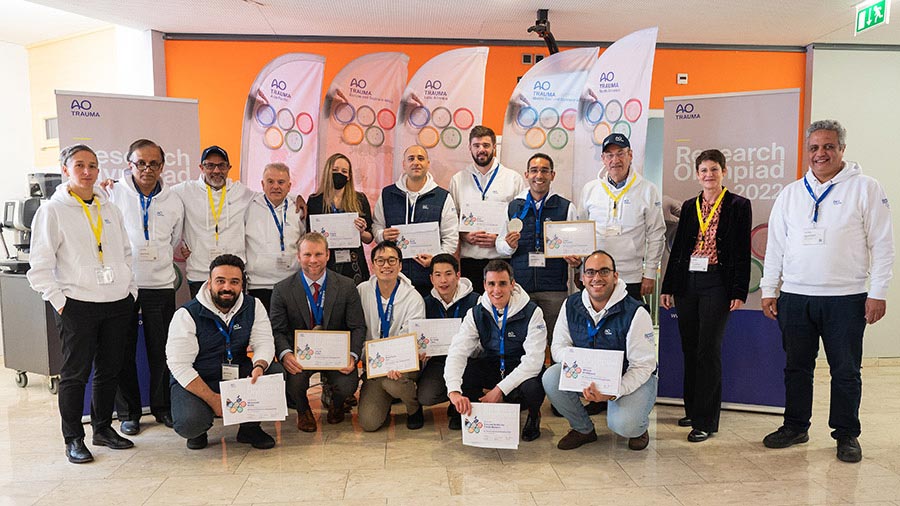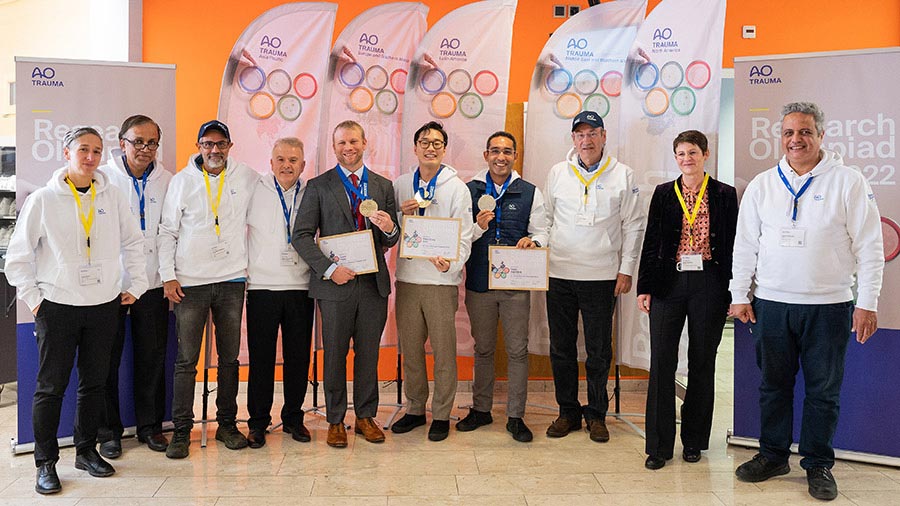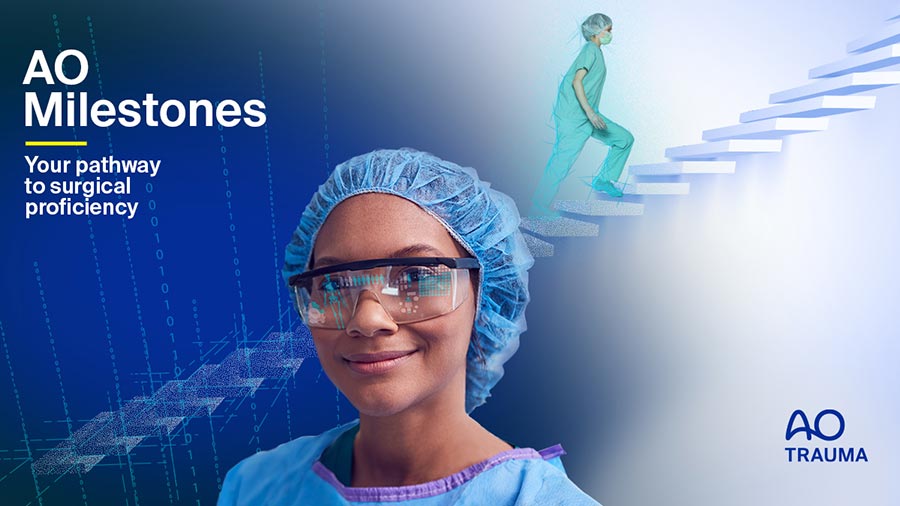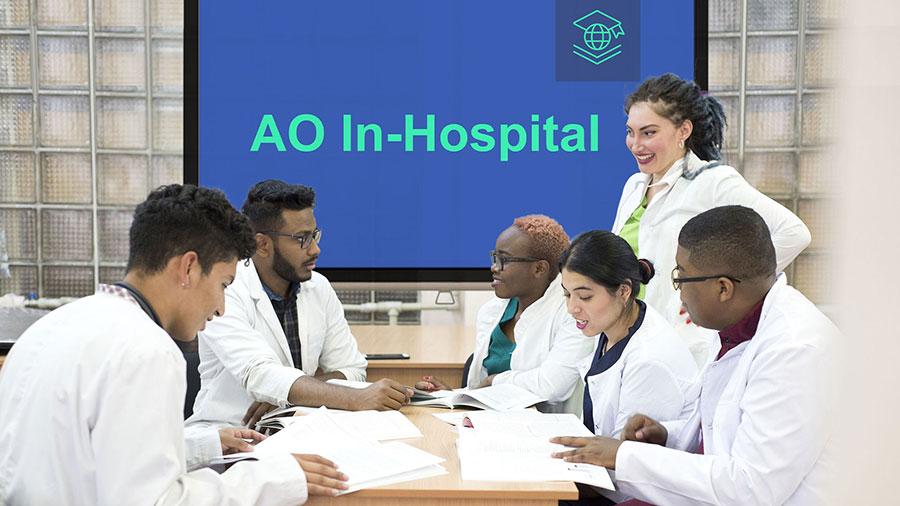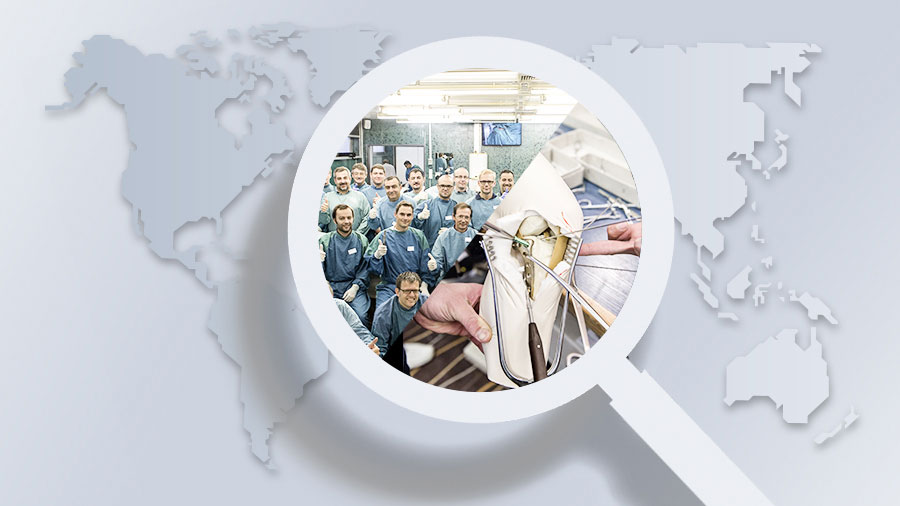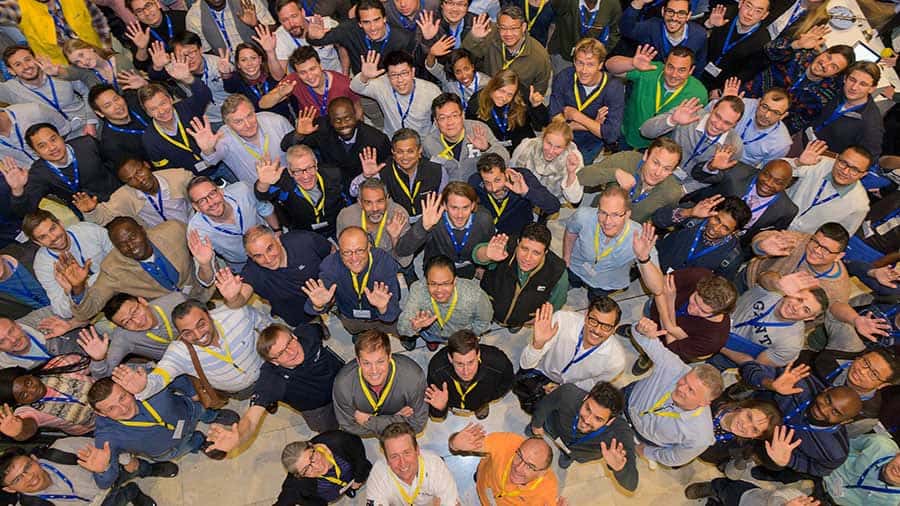AO Trauma Research Olympiad
AO Trauma Research Olympiad aims to be an event where the different AO Trauma regions connect to promote research on a global level.
We want to encourage new researchers and give them a forum in which they can promote their projects as well as create an international network of contacts within the AO world.
We offer the final candidates the opportunity to get to know the AO Research Institute (ARI) and its researchers, to contact the AO Innovation Technology Center and its Fellowship opportunities and to visit the AO Davos Courses and be together with the 300+ faculty and 1000+ participants.
Event Goals
The objectives of the event are to:
- Signify the importance of research within the AO Trauma community
- Enhance a culture of clinical and basic science research among AO Trauma members
- Further strengthen the bonds of the AO Trauma regions
- Establish a spirit of competitiveness, respect, and respect for the rules governing research across the AO Trauma regions and among AO Trauma members
- Give AO Trauma members the opportunity to present and to compete at a global level
- Promote the AO spirit of innovation and development of new concepts
Each AO Trauma region will select two candidates, who will be invited to Davos, Switzerland to present their research projects in the competition in December. AO Trauma seeks members who are interested in participating in this research project competition.
Why should you join?
The candidates will participate in the following activities:
- A visit to the AO Research Institute Davos (ARI) facilities and a get-together with ARI researchers and AO Innovation Translation Center (AO ITC) staff.
- Tour of the AO Davos Courses
- Dinner with invited guests
- AO Trauma Research Olympiad competition
- The detailed program will be announced at a later date.
Each AO Trauma region will select two candidates, who will be invited to Davos, Switzerland to present their research projects in the competition in December. Winners of the competition will receive gold, silver, and bronze medals as well as certificates. The costs of flights and four nights of lodging in Davos will be covered by AO Trauma.
What are the application criteria?
- Applicants must be 40 years old or younger.
- All the candidates need to be clinicians.
- Candidates may not have any other commitments during the days of the AO TRO program.
- Projects must be original clinical research that has not yet published or previously presented or published within the last 6 months at the time of application.
Candidates will present their research projects in front of a jury of five judges (one from each AO Trauma region). Jury members are selected by the AO Trauma Research Commission. The chairperson of the AO Trauma Research Olympiad is Peter Giannoudis, Leeds, United Kingdom.
AO Trauma Research Olympiad 2023
We are thrilled to announce the winners of the AO Trauma Research Olympiad 2023.
Congratulations to Kyle Schweser (United States), Colin Yung (Hong Kong), and Sandeep Patel (India) for their remarkable accomplishments in the AO Trauma Research Olympiad 2023!
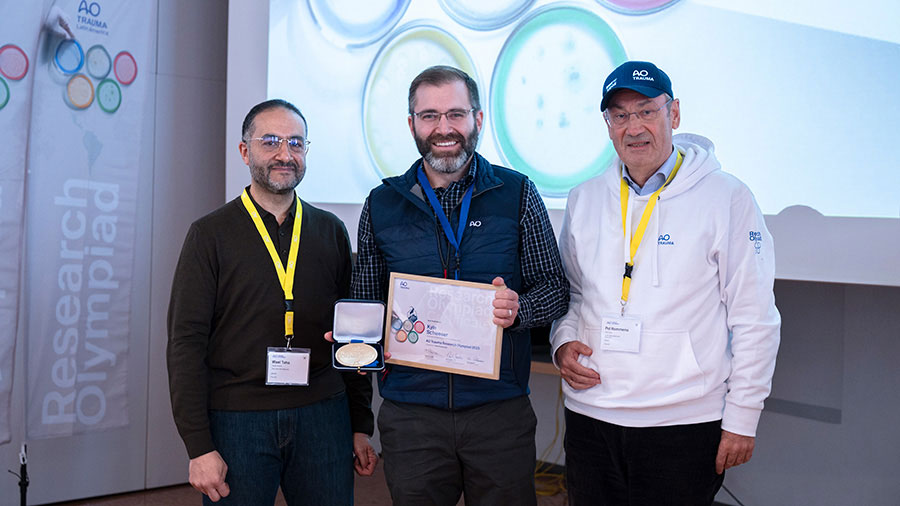
Gold medal winner:
Kyle Schweser (USA)
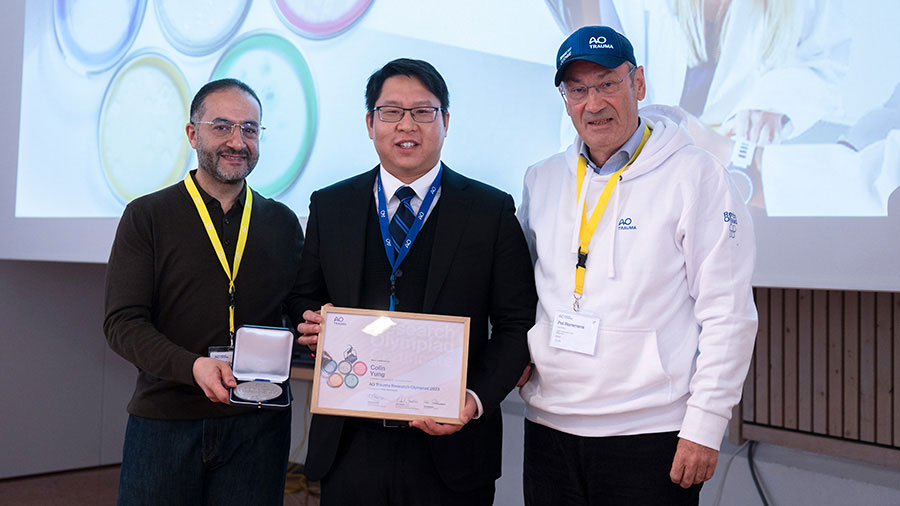
Silver medal winner:
Colin Yung (Hong Kong)
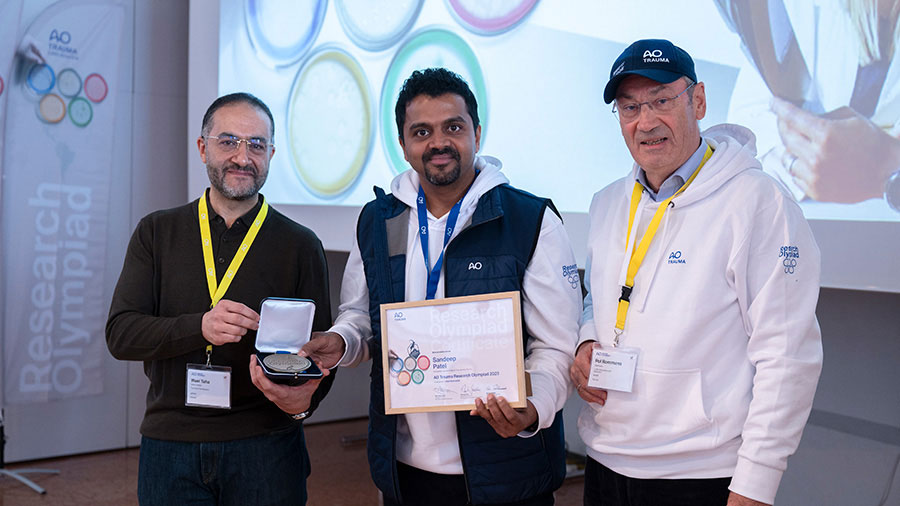
Bronze medal winner:
Sandeep Patel (India)
Abstracts
-
Kyle Schweser: Treatment of Acute Fracture-Related Infections Utilizing Bacteriophage Therapy
Treatment of Acute Fracture-Related Infections Utilizing Bacteriophage Therapy
Kyle Schweser MD*, Chantelle C. Bozynski DVM, MSc, Aaron M. Stoker PhD, Tamara Gull DVM, PhD, Dana Duren, PhD, James L. Cook DVM, PhD
Introduction: Acute fracture-related infections are challenging problems, affecting up to 20% of orthopaedic trauma patients. High recurrence rates, secondary surgeries, and rehospitalizations lead to increased healthcare costs and are major burdens to patients. Bacteriophage therapy offers a potential alternative treatment option to address these challenges. In previous studies, it has been shown to be effective against biofilm and bacterial clearance on orthopaedic implants, however, there are no current studies examining their effects on fracture healing for fracture-related infections. This study aims to provide evidence to support the use of bacteriophage therapy for treatment of fracture-related infections.
Methods: A canine model was used for this preclinical study. Based on sample size calculations and ethical care and use of animals, bilateral 1 cm ulnar defects (n=32; 16 dogs) were created and stabilized using plate and screw fixation1. Implants were incubated in a suspension of biofilm-producing Staphylococcus aureus (OJ1). Bacteriophages specifically cultivated against S. aureus (OJ1) were obtained. After 3 weeks, bone samples from fracture sites were cultured and surgical sites underwent irrigation and debridement (I&D) followed by 1 of 4 treatments (n=8/group): no additional treatment, 6 weeks of parenteral antibiotics, 7 days of bacteriophage therapy, or combination antibiotic/bacteriophage therapy. At 11 weeks, dogs were humanely euthanatized and bacterial load, callus formation, and histomorphometry for callus maturity and biofilm formation were assessed using quantitative microbial bone cultures, radiography and semi-quantitative histomorphometry.
Results: At 3 weeks, all dogs had confirmed infections. At 11 weeks, fractures that received bacteriophage therapy had statistically significant reductions in CFU/g when compared to those that did not receive bacteriophage. Fractures treated with bacteriophages had statistically significantly more robust callus formation on radiographs at 11 weeks, as well as, significantly decreased biofilm formation and statistically significant increase in bone formation on histology/histomorphometry when compared to fractures that did not receive bacteriophages.
Conclusion: Seven days of bacteriophage therapy is at least as good as 6 weeks of antibiotic therapy in terms of clearance of acute fracture related infections. It is superior in terms of reduction in CFU/g, better callus formation, and biofilm clearance. Further study is necessary to determine optimal treatment regimens.
-
Ioannis Daskalakis: Application of an AO Foundation in-hospital, surgeon-led antiosteoporotic medication algorithm improves persistence to medication and can prevent the second fragility fracture. Results from a prospective cohort of 213 hip fracture patients.
Application of an AO Foundation in-hospital, surgeon-led antiosteoporotic medication algorithm improves persistence to medication and can prevent the second fragility fracture. Results from a prospective cohort of 213 hip fracture patients.
Ι. Daskalakis, Ε. Kritsotakis, A. Karantanas, G. Kontakis, J. D. Bastian, T. H. Tosounidis

Ioannis Daskalakis – AO Trauma ESA candidate
Introduction: Secondary fracture prevention is an essential part of hip fracture treatment. Despite this, many patients are discharged without the appropriate anti-osteoporotic medication. The aim of this study is to report the outcomes of the application of an in-hospital, surgeon-led anti-osteoporotic medication algorithm to patients with hip fractures.
Materials and methods: This prospective cohort study followed patients with hip fractures who were treated at a tertiary referral hospital between 2020 and 2022. At discharge ,anti-osteoporotic medication according to the Arbeitsgemeinschaft für Osteosynthesefragen (AO) Foundation algorithm was prescribed to all patients.Multivariate Cox regression analysis was used to investigate the risks of non-persistence to medication and of secondary fracture.
Results: Two hundred thirteen consecutive patients were prospectively followed. Mean follow-up was 17.2 ±7.1 months. Persistence to medication at 2 years was 58% (95%CI 51 – 65%). A secondary osteoporotic fracture occurred in 1/126 (0.8%) persistent patients and 9/87 (11.4%) non-persistent patients. Multivariable Cox regression analysis confirmed that non-persistence to medication was significantly associated with a lower risk of secondary fracture (cause-specific hazard ratio [csHR] 0.05; 95%CI 0.01 – 0.45; p = 0.007)
Conclusion: The application of the surgeon-led AO Foundation algorithm enables the in-hospital initiation of anti-osteoporotic treatment, leading to better persistence to medication and decreased incidence of secondary osteoporotic fractures.
-
Natan Silver: Assessing Bone Mineral Density Using Radiographs of the Hand - The 2MCP Score
Assessing Bone Mineral Density Using Radiographs of the Hand - The 2MCP Score
Silver N, Burton H, Bodansky D, Horwitz M

Natan Silver – AO Trauma ESA candidate
Background
Fragility fractures incur significant cost to quality of life and global healthcare systems with an annual financial burden of around £4.4 billion. Assessing bone health identifies patients at risk of osteoporotic fracture and is critical for preventing such injuries. The current reference-standard for quantifying bone density is dual-energy x-ray absorptiometry (DEXA), which requires referral to an equipped facility. We hypothesise that bone density can be measured with a simpler and more accessible method, using plain radiographs of the hand or wrist, thereby providing a more sustainable modality.Methods
A retrospective cohort study was undertaken in two UK centres: An inner-city, high socioeconomic population and a suburban, low socioeconomic population. Age, gender, date of XR/fracture, date of DEXA, femoral neck t-score, and Second Metacarpal Cortical Percentage (2MCP) were collected. Inclusion Criteria were patients suffering a distal radius fracture between 2020-22 with hand or wrist radiographs and DEXA within 12-months of each other. Exclusion Criteria were inability to assess radiograph and overlying cast material/hardware.
2MCP was calculated using the smartphone app “BoneGauge”, which measures second metacarpal mid-diaphyseal cortical percentage on a true posteroanterior radiograph of the hand or wrist.
Pearson correlation coefficients were calculated to correlate 2MCP with femoral neck t-scores.Results
188 patients were included (88 inner-city and 100 suburban).
The 2MCP score correlated positively with a t-score at the femoral neck in the inner-city cohort (r2=0.81, p<0.05), suburban cohort (r2=0.82, p<0.05), and pooled cohort (r2=0.81, p<0.05).
2MCP <50% was 100% sensitive and specific for osteoporosis. 2MCP <60% was 94% sensitive and 83% specific for osteopaenia.Conclusion/Findings
Bone density may be assessed by calculating 2MCP from a simple radiograph of the hand. This takes 30-seconds to complete with no additional cost or training and negligible radiation, making it a more sustainable solution than traditional methods.
Media gallery
-
Videos 2023
-
Picture gallery 2023
-
Videos 2022
-
Picture gallery 2022
Testimonials
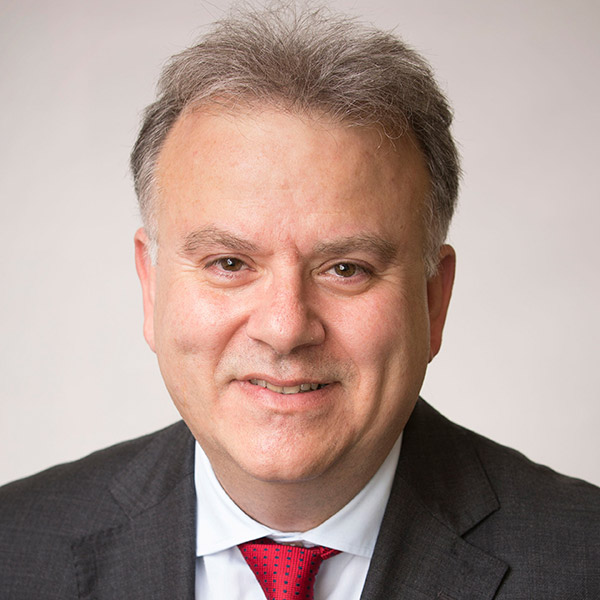
“Research and innovation have always been a pillar of the AO Foundation. Now the 5 AO regions can send 2 candidates from each region to Davos, Switzerland. We give them the opportunity to share their projects on an international level”.
Peter Giannoudis
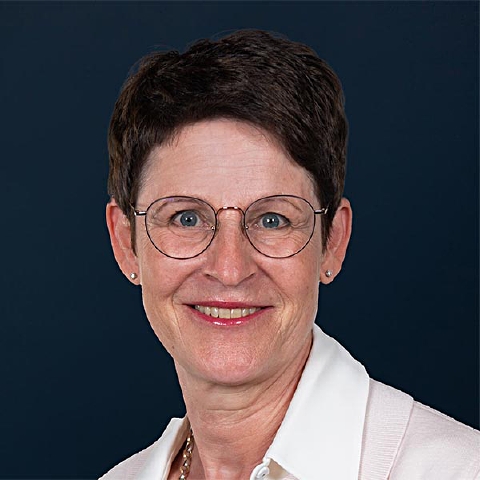
“I would like to highlight the great success of this initiative to support young clinician scientists. These research competitions are important as they motivate young clinicians to perform research while attracting the interest of the AO Foundation to new researchers.”
Anita Ignatius
Get in touch
We are happy to answer your questions and provide you with additional information.

